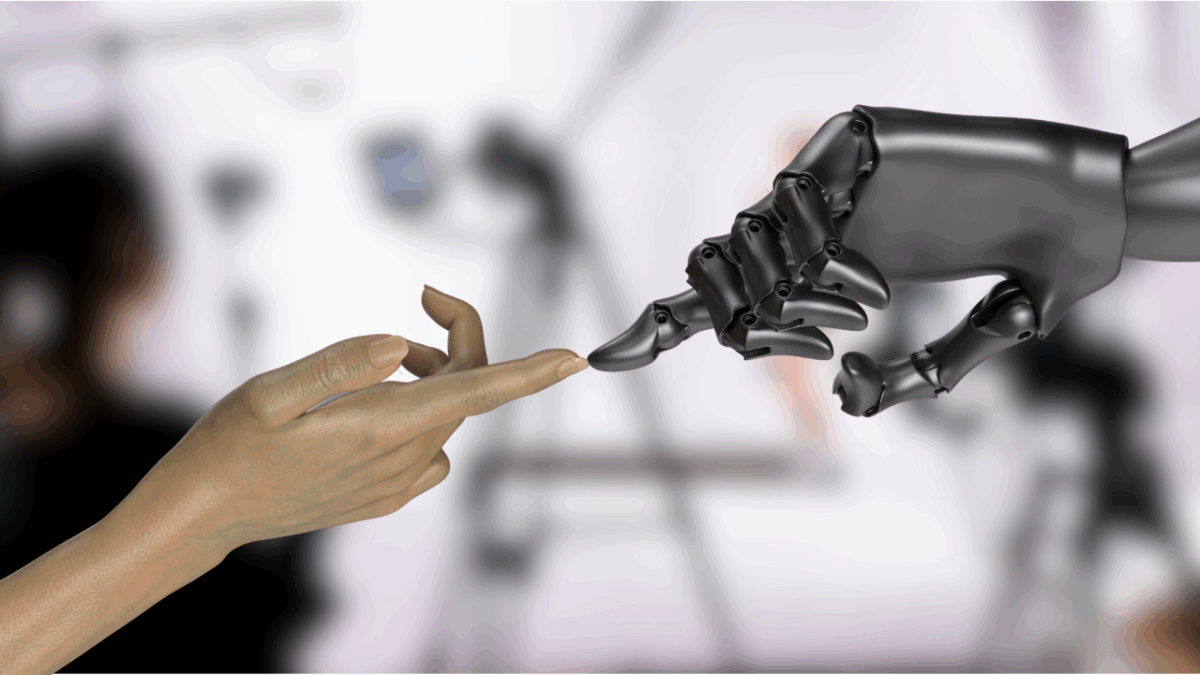Stock Footage vs. AI-Generated Content: What’s the Difference and Why It Matters
lensheadmedia
on
July 30, 2025

In the world of media production, whether for film, marketing, web, or social content; visuals are everything. But creating those visuals from scratch can be time-consuming and expensive. That’s why so many creators turn to two popular solutions: stock footage/images and AI-generated content. Both serve as efficient ways to enhance projects without needing to shoot every element yourself. However, they’re not the same, and the differences can have a major impact on your creative goals, your audience, and even the planet.
What Is Stock Footage and When Should You Use It?
Stock footage and photography are professionally captured images and video clips that are licensed for use in other creative projects. They’re often stored in large databases like Shutterstock, Getty Images, or Adobe Stock, offering a wide range of subjects from nature scenes and aerial city views to business meetings and lifestyle shots.
One major benefit of using stock is reliability. These assets are typically high quality, standardized, and reviewed for legal clearances, making them a safe choice for commercial use. They also come with a “real-world” authenticity, shot with natural lighting, live actors, and recognizable locations, giving them a grounded feel.
Stock is ideal when:
You need quick visuals for a tight deadline
You lack the budget to shoot your own footage
Your project needs realism or documentary-style visuals
You want to avoid the ethical or copyright complexities of AI
However, stock content has its limits. It can feel generic, overused, or mismatched if not carefully curated. Anyone can license the same clip you’re using, which means your brand or project might not feel as unique as you’d like.
The Rise of AI-Generated Content
On the other hand, AI-generated content refers to visuals created entirely or partially by artificial intelligence tools like Midjourney, DALL·E, Runway, or other generative models. These platforms allow you to produce customized images, animations, and even video sequences based on text prompts or image references.
AI excels at making visuals that don’t exist in real life, such as surreal landscapes, futuristic scenes, fantasy characters, or conceptual artwork. It gives creators a fast, affordable, and flexible way to explore visuals that would otherwise require a large crew, 3D modeling, or extensive post-production.
AI is especially helpful when:
You need something highly stylized or abstract
You’re designing early-stage concepts or storyboards
You’re building speculative or imaginary worlds
You want full control over your visual direction
That said, AI visuals can sometimes look uncanny or inconsistent in detail. Legal and ethical questions still linger, particularly around the use of copyrighted training data and the lack of human attribution. There’s also growing public skepticism around AI-generated work, especially when it’s not disclosed or clearly labeled.
Audience Perception: The Human Touch Matters
One major difference between these two approaches isn’t about the content itself, it’s how people react to it. Stock visuals, while not custom-made, are at least grounded in reality and human effort. AI content, despite being impressive, can trigger negative reactions if audiences sense it’s replacing authentic or human-driven work.
This matters more than ever in an age where consumers value transparency and trust. If your audience discovers your visuals were created entirely by AI, especially without credit or context, they may feel misled. Some creators have faced backlash or seen engagement drop when fans or followers perceive their work as artificial, lazy, or profit-driven at the expense of real artistry.
In short, using AI-generated visuals without thought or disclosure can hurt your brand, even if the image itself is striking.
The Environmental Trade-Off
There’s also the environmental impact to consider. Stock footage, once captured, exists on a server and is reused indefinitely, so its carbon footprint is essentially front-loaded. AI-generated content, however, requires significant computing power to generate new results each time. Training and running large models consumes vast amounts of energy, especially at scale.
While individual generations may seem negligible, the industry-wide trend of AI-generated media could lead to a substantial increase in digital emissions. Creators aiming to produce environmentally conscious work should weigh whether using AI for routine or replaceable tasks is worth the cost.
Final Thoughts
Both stock and AI content have valid roles in modern media production. Stock footage offers trust, realism, and convenience. AI provides customization, creativity, and speed. The best choice depends on your project’s needs, values, and goals. But no matter which you choose, remember: your audience cares about the how, not just the what. Choose wisely, and make it clear why you did.
Have any more questions? Contact us today!
- Category: Commercial Production
- Tag: commercials, corporate video production, video production

